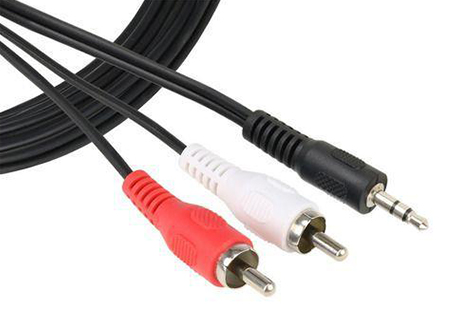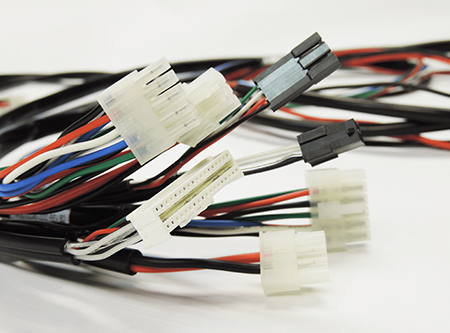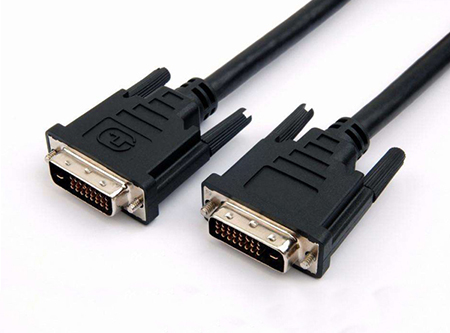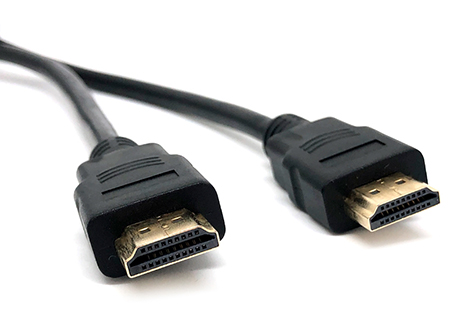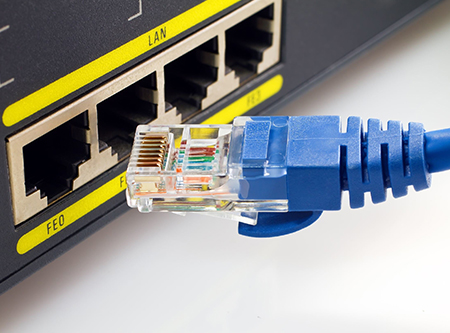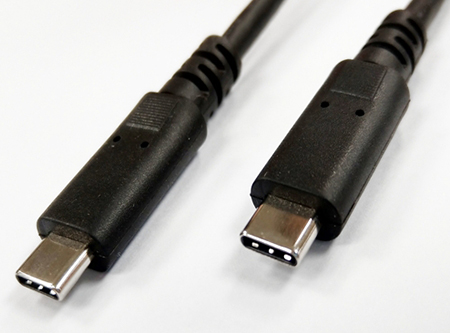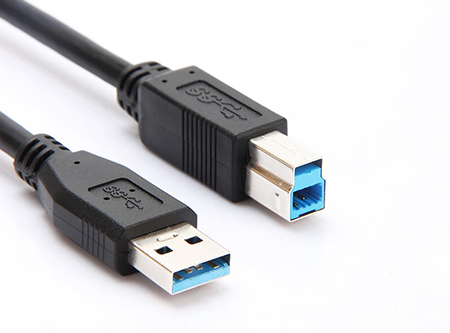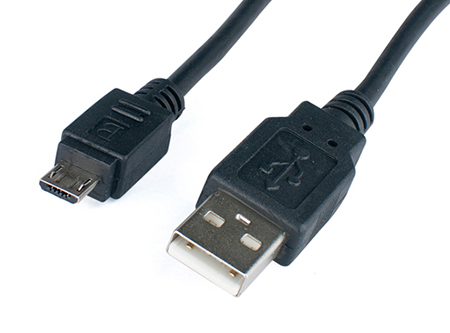Cable Assemblies
What are cable assemblies?
Cable assemblies are groups of wires or cables that are encased in a singular tube of material which is usually composed of rubber, vinyl, or pressure extruded thermoplastics such as polyurethane.
The cables are bound together by a durable material such as rubber, vinyl, electrical tape, flexible conduit, a weave of extruded string, or some combination.
Cable assemblies usually go into one panel or port and connect into that single unit that is directly plugged into the power source. From there, the wires serve their function for either pushing communications or transmitting electricity through them and consist of multiple wires and/or cables.
The purpose of cable assemblies:
Providing the power of several different cables while organizing them in a package that is easier to install, replace, and maintain.
Cable assemblies help prevent damage to cables and wires by keeping them together and reducing the physical trauma from strong vibrations and other factors. They can also protect from other problems such as dirt, dust, oil, and water. This protection reduces potential problems with the machinery caused by the wire being worn from vibrational friction along with electrical shorts occurring from damaged spots on the wire.

